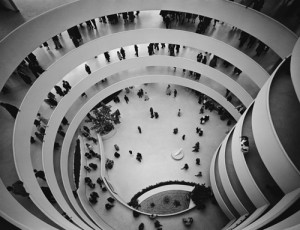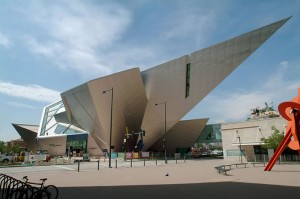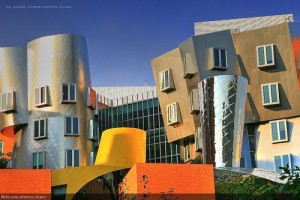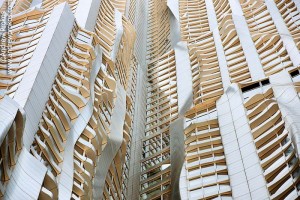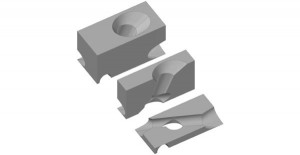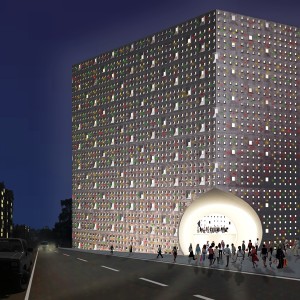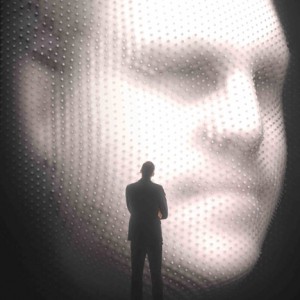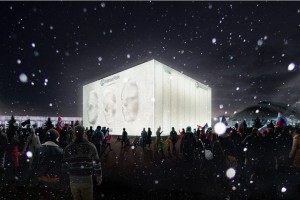In order to turn the R820T into an SDR (software defined radio) device, a number of programs need to be installed on the Raspberry Pi.
First of all, git needs to be installed on Pi. An easy install onto Debian can be done through terminal by typing in “$ apt-get install git”. If permission is denied, type “$ sudo apt-get install git” to initialize as superuser, which essentially overrides all permission.
Before jumping in, I wanted to learn what all these commands were, specifically “make”. I learned that make has a long history in linux. It is essentially a package compiler and installer. After downloading a repo, make must be used to build the app out. A great intro to make is here.
Also, before starting, its a good idea to update Raspbian with “sudo apt-get update” and after that, type: “sudo apt–get install cmake build–essential python–pip libusb–1.0–0–dev python–numpy git”
This will install the libusb repo, which to my understanding is what allows communication with the dongle.
After that, I followed adafruit’s installation commands for the stl-sdr library for interfacing with the dongle. The library they suggested to clone is:
In a fresh terminal window, type these commands exactly.
cd ~
git clone git://git.osmocom.org/rtl-sdr.git
cd rtl-sdr
mkdir build
cd build
cmake ../ -DINSTALL_UDEV_RULES=ON -DDETACH_KERNEL_DRIVER=ON
make
sudo make install
sudo ldconfig
After that is installed, it is important to copy the rtl-sdr.rules file to /etc/udev/rules.d
I did this by opening up a terminal window from the rtl-sdr folder and typing: “sudo cp -i rtl-sdr.rules /etc/udev/rules.d”. The cp command takes two inputs, the file you wish to copy, followed by the directory path you wish to paste it to.
Finally, to test the R820T usb dongle. In a fresh terminal window, type sudo rtl_test -t. Theoretically, this should open up a connection with the dongle and start spitting out a frequency or at least show some data. Unfortunately for me, this was not the case. Instead I recieved a nasty error. It successfuly found the device, but it gave me a “usb_claim_interface error -6” and the device fails to open.
A great conversation about this issue is found on a post to hamradioscience.com. The specific thread is here.
When using the R820T, people consistently reported having the same issue. Some people suggest using an externally powered usb port, because the dongle may draw to much energy from the Pi.
Alternatively, I tried installing a fork of the original library that is more up-to-date. Unfortunately, this didn’t solve anything. It seems to be a hardware problem.
TL;DR The R820T dongle wont work on the Raspberry Pi unless it is externally powered (i have yet to test that, so i cannot confirm). Instead, people suggest using the 2832u E4000 chip, which is, unfortunately, not as finely tunable as the R820T. Hopefully someone will find a fix for this.
